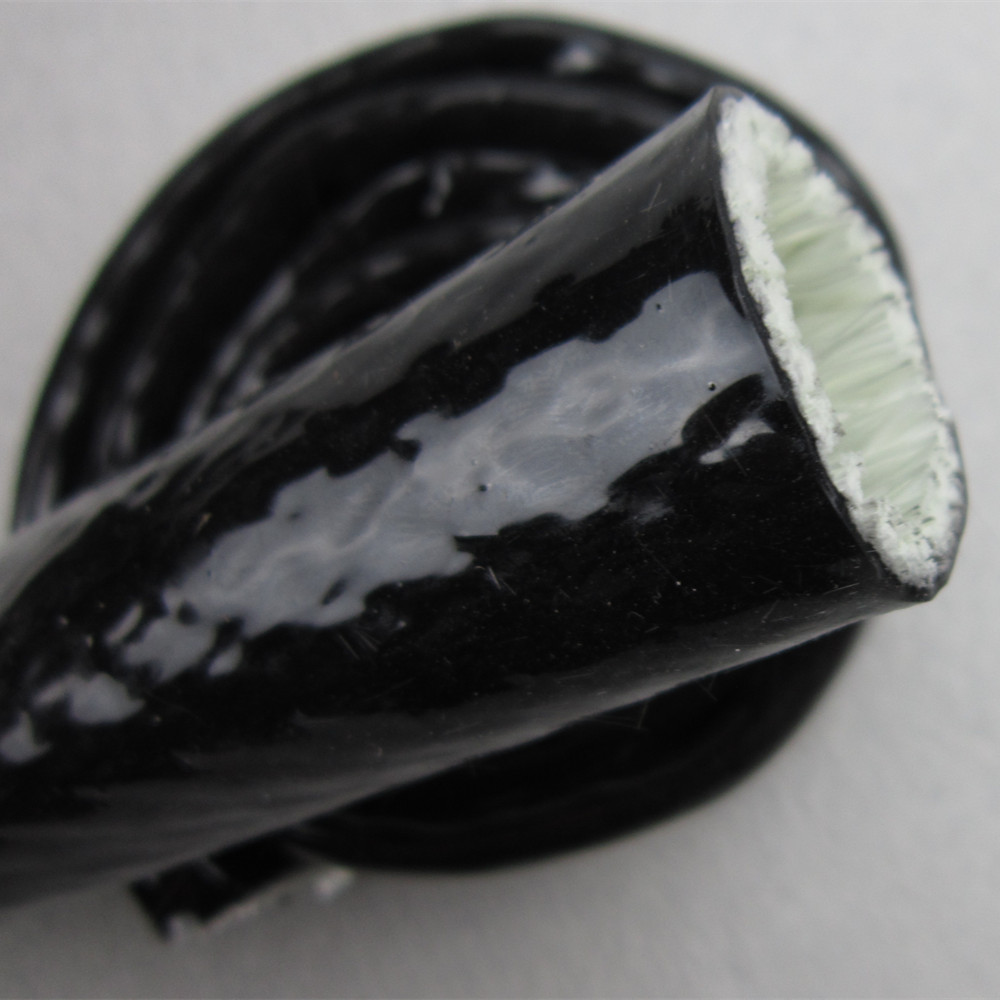Forces motrices derrière la demande croissante de manches de chaleur enduites de silicone en 2024
Manche de chaleur enduit de silicone devient un composant de plus en plus essentiel dans une grande variété d'industries en raison de leur capacité exceptionnelle à résister à des températures élevées, à résister aux abrasions et à offrir une protection chimique fiable Alors que la technologie continue de progresser et que les industries évoluent, ces manches hautes performances sont très demandées, en particulier dans les secteurs où la durabilité, la flexibilité et la résistance à la température sont essentielles Ci-dessous, nous explorons les industries clés qui stimulent la demande de manchons de chaleur revêtus de silicone en 2024
Alors que les véhicules électriques (EV) gagnent du traction à l'échelle mondiale, la nécessité de matériaux haute performance qui peuvent résister aux rigueurs des systèmes à haute tension et des températures extrêmes est à un niveau record Les manchons de chaleur enduits de silicone font désormais partie intégrante de l'industrie VE, offrant une protection vitale pour les batteries et les ports de charge Les manches offrent une excellente isolation thermique, empêchant la surchauffe et garantissant des performances de batterie optimales
En plus de la protection thermique, les manchons de chaleur enduits de silicone protégent également le câblage délicat des ports de charge, assurant une durabilité et une efficacité à long terme pendant les cycles de charge fréquents Les applications du monde réel incluent leur utilisation dans les systèmes de gestion des batteries (BMS) des véhicules électriques, où le contrôle de la température et l'isolation sont primordiaux pour assurer la sécurité et la fiabilité du véhicule
Le secteur des énergies renouvelables, en particulier l'énergie éolienne, connaît une croissance rapide car les nations investissent dans des sources d'énergie plus propres et plus durables Les éoliennes, souvent placées dans des climats sévères et fluctuants, nécessitent des matériaux robustes pour protéger les câbles et les fils sensibles des conditions météorologiques extrêmes, des fluctuations de température et des contraintes mécaniques
Les manchons de chaleur enduits de silicone jouent un rôle crucial dans la gestion des câbles pour les éoliennes Ils protègent le câblage des vents violents, de l'exposition aux UV et des abrasions environnementales, tout en conservant des performances à des températures extrêmes ● Qu'il s'agisse de chaleur glaciale ou étouffante Les applications du monde réel incluent leur utilisation dans les systèmes de câblage et de contrôle du moteur des éoliennes, où la protection des câbles critiques est essentielle pour la production d'énergie optimale et l'efficacité opérationnelle à long terme
Dans le secteur des soins de santé, les manchons de chaleur enduits de silicone sont de plus en plus utilisés pour la protection du câblage des dispositifs médicaux, en particulier dans les environnements où la stérilisation et l'hygiène sont essentielles Le silicone est biocompatible et résistant à un large éventail de produits chimiques, ce qui en fait le matériau idéal pour une utilisation dans des dispositifs médicaux qui doivent subir des processus de stérilisation réguliers
Les manchons de chaleur enduits de silicone offrent une isolation et une protection fiables pour les fils et les câbles dans des équipements tels que les instruments chirurgicaux, les outils de diagnostic et les dispositifs de surveillance des patients En plus de la résistance à la température, ces manches offrent l'avantage supplémentaire d'être résistant à la stérilisation répétée, garantissant la longévité des appareils et la sécurité des patients Les exemples du monde réel incluent leur application dans des environnements stérilisés comme les salles d'opération et les laboratoires, où des performances cohérentes sont essentielles
Le marché de l'électronique grand public en plein essor, en particulier les appareils portables et les appareils de réalité augmentée / virtuelle (AR / VR), est un autre moteur important de la demande de manches de chaleur enrobées de silicone Ces appareils comportent souvent un câblage délicat et complexe qui doit être protégé des dommages physiques et de la chaleur Les manchons enduits en silicone offrent une solution polyvalente, offrant une protection contre les températures élevées, l'abrasion et même l'exposition à l'humidité
Dans l'industrie de la technologie portable, les manches en silicone sont utilisées pour protéger le câblage à l'intérieur des trackers de fitness, des montres intelligentes et des appareils de surveillance de la santé, assurant leur durabilité sous utilisation quotidienne De même, dans le secteur AR / VR, où les appareils tels que les casques et les contrôleurs sont soumis à une manipulation fréquente, les manchons de chaleur revêtus de silicone empêchent l'usure du câblage interne, prolongeant la durée de vie globale de l'appareil Ces applications garantissent que l'électronique maintient les performances de pointe même sous une utilisation continue
Au fur et à mesure que nous entrons en 2024, la demande de Manches de chaleur enduites de silicone continue d'augmenter dans diverses industries Le secteur EV s'appuie sur eux pour l'isolation de la batterie et la protection des ports de charge, tandis que le secteur des énergies renouvelables bénéficie de leur utilisation dans la gestion des câbles d'éoliennes Dans le domaine médical, ils fournissent un blindage métallique compatible à la stérilisation pour les appareils critiques, et sur le marché de l'électronique grand public, ils protègent le câblage délicat des vêtements portables et des casques AR / VR
De l'automobile à l'aérospatiale et au-delà, les manchons de chaleur enduits de silicone offrent une solution vitale pour les industries cherchant à protéger leurs produits et à maintenir les performances dans des environnements difficiles Alors que ces industries continuent d'innover et de se développer, le rôle des manchons de chaleur enrobés de silicone ne fera que devenir plus critique, offrant une protection de longue durée et assurant la fiabilité des technologies de pointe.
